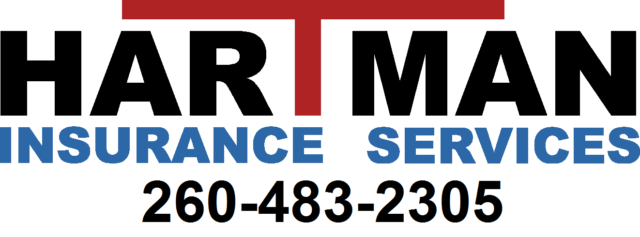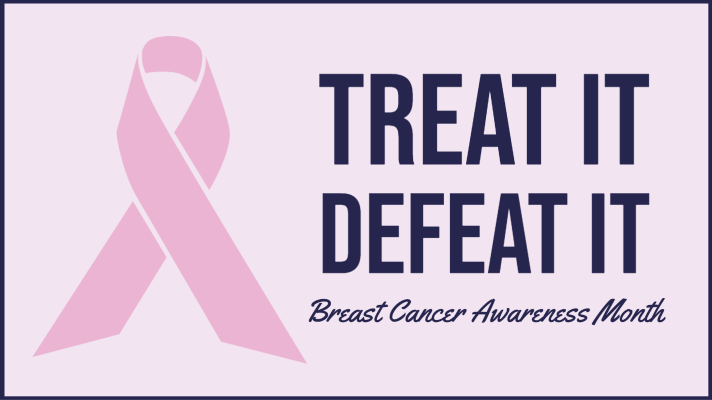Breast Cancer and Health Insurance
Below is an article that our friend, Laurie, wrote about her experience and medical treatment she received when she found out she had breast cancer.
“Learning that you or someone you love has been diagnosed with breast cancer can be overwhelming in multiple ways. I was diagnosed with triple negative breast cancer at the age of 36 and I can relate to the emotional ups and downs it can bring. There are questions on what the next steps are and how the entire process will go. Additionally, I had concerns about the process of creating a medical care plan and how much of those costs would be covered by insurance. While each medical care plan is different based on various diagnoses, it might be helpful to hear how my situation was handled.
After diagnosis, I was first assigned to a surgeon who met with me to discuss my options for either a lumpectomy to remove the localized cancer or a mastectomy which would surgically remove the entire breast. In both situations, I would be required to do 5 months of chemotherapy treatment. If I chose to remove the lump only, I would then be required to do 8-12 weeks of daily radiation treatments. If I chose the mastectomy, we would then discuss the process of reconstruction surgery. I chose the route of lumpectomy, and the resulting surgery was completed.
At my follow-up appointment, my surgeon made two recommendations for an oncologist who specialized in fighting breast cancer. I chose one and she worked with me to explain chemo infusions and map out the next several months of care. Depending on when I was due for my next infusion, I would meet with her either weekly or biweekly to be evaluated physically and to have my blood levels rechecked.
When my chemo treatments were nearing completion, I was assigned a radiation oncologist who met with me on one of my Monday through Friday radiation treatment days. Once all treatments had been completed, I was set up on a plan to receive MRI’s every 6 months and then eventually once a year to ensure the cancer had not returned. I continued with routine follow up care with both the radiation oncologist and chemo oncologist as well as doing my yearly mammograms.
Throughout this whole process, my medical providers worked with me to keep my care team, testing facilities, and prescription needs “in-network” for my medical plan. While they do their best, it’s important to regularly ask or review your insurance providers website to verify that testing or new doctors introduced to your care are within your insurance network. While fighting cancer can be expensive overall, a strong medical insurance plan can be a safety net of protection that when used properly, can let you concentrate on the more important aspects of your journey. The love of your family and friends, a positive outlook, and much needed rest should be your focus going forward. Spend time focusing on these blessings to give you the strength to get to the other side of your cancer journey and let your medical plan do what it is designed to do by covering you in an uncertain time.”
Breast cancer is a disease in which malignant (cancer) cells form in the tissues of the breast. Breast cancer is one of the most common kinds of cancer in women. About 1 in 8 women in the United States will get breast cancer during her lifetime.
The good news is that mammograms can help find breast cancer early — before it spreads to other parts of the body. Most women can survive breast cancer if it’s found and treated early.
Contact our office if you want to schedule a time to meet with one of our agents to discuss your health insurance options and to verify if your mammogram screening is $0 under your current health insurance policy.


Nice post!